It seems like search engine optimization (SEO) is constantly shifting.
Every week, there’s a new secret hack or growth tactic that promises amazing SEO results and rankings.
And there are countless components to consider with SEO:
Fix your page speed, get more links, find better keywords, produce better content, build up on-page optimization and off-page optimization.
The list goes on and on, so what deserves the most focus?
You simply don’t have enough time to do all of these tasks every day.
And not all of them deliver the same results or impact.
But you need SEO for your business to thrive.
SEO is one of the best ways to drive more consistent, relevant traffic that converts.
And SEO has an incredibly high ROI when compared to marketing channels like PPC or outbound marketing.
So what do you do? How do you simplify something as complex and diverse as SEO?
Thankfully, there are a few different ways to net the most results.
You can simplify SEO and still take advantage of inbound traffic that helps grow your business.
And narrowing your goals and methods to just a few tactics can help you focus your time and efforts on the tasks that matter.
Here are five ways to simplify SEO once and for all.
1. Set clear-cut goals
With all of the SEO tactics and desired results available, it can be a little overwhelming to choose the best one.
Setting clear-cut goals can help you simplify SEO and save time that would otherwise be wasted on less important tasks.
Here’s an excellent graphic that can help you simplify the SEO cycle:
Focus first on setting specific goals like these:
- Increasing search traffic to 10,000 monthly visitors by XX date.
- Increasing backlinks on XX + XX posts by 100 each by XX date.
- Driving XX more sales with content-marketing posts by XX date.
You want to set actionable, attainable, and realistic goals that you can actually hit.
Next, create a strategy.
How are you going to hit these goals?
Maybe that means posting more content marketing pieces per week to get more traffic:
Or conducting cold outreach to collect new backlinks from great sites.
Or even guest posting to get more links.
And once you’ve implemented your strategy, take a step back and analyze the data.
Use Google Analytics to measure things like traffic, conversions, and sales.
The key here is to see if your action-oriented tasks worked to achieve your goals.
Did you post more blog posts that month? Did they get more links and generate higher rankings?
If not, you need to rethink your strategy.
Find a new way to get links, like cold outreach or mentioning influencers in a roundup-style post.
Write more blog posts that are higher quality.
The last step should always be tweaking the current process you’ve set up.
Remember, we want to keep it simple, actionable, and data-oriented.
If it’s not working, tweak it. Don’t be afraid to try new things if your current tactics aren’t producing a positive ROI for you.
A major part of simplifying SEO is writing down a strategic plan that you will stick to.
Otherwise, you risk getting caught up in the dozens of tactics that aren’t producing a positive ROI.
2. Focus on content marketing
It’s true: content marketing drives inbound traffic.
In fact, content marketing is SEO, and SEO is content marketing.
Why? Because SEO is no longer about targeting your homepage for the best industry keyword.
It’s all about creating more high-quality content to help solve a searcher’s problem.
And that means you need to be creating tons of unbranded blog content that drive traffic.
In fact, content marketing is becoming a top priority for both B2B and B2C companies.
And marketers from B2B and B2C companies are finding even more success with it in 2017 than they did in 2016:
Why? Because without content marketing, it’s nearly impossible to generate inbound leads.
How will new, non-brand-aware users find your content if you don’t regularly publish useful information?
The truth is that they won’t.
I’ve made content marketing a top SEO strategy because they both have the same objective:
Bringing in new inbound traffic.
And while optimizing for keywords, meta data, and speed is great, producing more content is better.
That’s why I write multiple posts every single day and spend thousands of dollars producing long-form guides on QuickSprout:
And the data is pretty clear on this, too.
The latest 2017 data finds that the more blog posts you publish, the more leads you get:
Content marketing is SEO incarnate.
So if you’re looking to simplify SEO in the easiest way possible, then start producing more content pieces more often.
Stop worrying about the small things and focus on the efforts that will generate the best return.
Coupling content marketing with defined goals, keyword research, and backlinks will generate huge profits.
Content marketing has taken my businesses to the next level, and that happened when I was a nobody.
Once I started blogging, I tripled my traffic almost instantly, and it’s only grown from there.
3. Use Google for keyword research
Most marketers will spend hours every day researching keywords.
I used to be the same way. It was one of the biggest time-consuming tasks that I did every single week.
I’d spend hours in the Google AdWords Keyword Planner, or on SEMRush, Moz, or Ahrefs.
You probably know the feeling of using the Keyword Planner and struggling to find the best keywords:
There are countless keyword research tools out there to use.
And don’t get me wrong — they are all excellent.
But I’m all about simplifying SEO and spending less time on tactics to maximize my results.
And the key here is that Google is shifting from past tactics like keyword stuffing to content that solves a user’s problem.
Which means that SEO is shifting to content that helps people rather than content that makes sense for a search engine.
Google’s entire objective is to provide a great user experience.
Google wants people to find their answer faster than any other search engine out there. That’s why results come in so quickly:
You get millions of results in less than a second because they want you to find your content faster than you do on Bing or Yahoo!
That’s why Google dominates the search engine market share:
So it only makes sense that perfect keywords are becoming less important, and content that helps solve real problems is taking its place.
So how do you do keyword research that keeps up with the times?
How do you make sure to stay on top of this growing tactic?
By doing keyword research based on real searches instead of a generic keyword.
For example, you don’t need to target “SEO tip guide best 2017” to rank high.
That isn’t natural, and nobody will click on your result if that’s your title.
Keywords are becoming less computerized and more based on the content and similarity.
Start by heading to Google and typing in a basic keyword for a topic you want to cover.
For example, SEO guide:
Next, you’ll see something right away:
Related searches and common questions based on that original search will populate.
Essentially, these questions are the problems that people are looking to solve ASAP.
And Google gives them to you free of charge, instantly, without browsing through a related keyword list that’s 1,000 terms long.
And when you click on one of the questions, more related ones come up too:
These are questions that people will ask after searching for the original query.
Google is handing you instant data on a silver platter.
There’s no need to sift through thousands of keywords to find the best ones.
You only need to know what real searches are happening.
If you scroll to the bottom of the page, you get even more data:
These are related searches to my original “SEO guide” search.
Google is telling me that these searches are most commonly related to “SEO guide.”
These queries are what real people are searching for.
Start using Google as your keyword generator instead of an SEO tool. You can avoid the busy, tedious metrics and focus on real searches by real people.
4. Get easy backlinks by mentioning influencers
Backlinks are one of the biggest factors in driving traffic from organic search.
SEO is all about driving inbound traffic, but to do that, you need to rank high for queries on Google.
And one of the best ways I’ve found to do that is by generating tons of high-quality links.
According to the latest data from Backlinko, more backlinks (of high quality) correlate to a better position on Google’s first page:
To rank higher, you need more backlinks. Plain and simple.
But remember, it can’t be any backlink.
Posting on forums and directories for links won’t get you very far.
Google always takes into account the trust and authority of a linking site. So a random, spam-filled site won’t get you the link juice you need.
Most marketers tend to overthink link building.
They try cold outreach and fail. Or they think that simply writing an awesome 3,000-word blog post will naturally get links.
Or in the worst case scenario, they buy links from Fiverr.
Buying links is never recommended.
You want relevant links that will drive relevant traffic.
If you sell SEO services, getting a link on a PPC website isn’t going to help you.
If you sell hair care products, getting a link on a shaving store site won’t drive relevant traffic.
Thankfully, there’s an easy way to simplify the backlink process:
Mention influencers in your posts.
Here’s an example from Income Diary:
They wrote an entire article on me and my company growth.
And guess what I did? I’ve linked back to it multiple times.
Why? Because it’s a great article about my company and I can reference it where appropriate.
And this strategy works well.
I’ve received hundreds of links by mentioning top influencers.
Here’s another excellent example:
It mentions more than 30 experts on a popular topic in the SEO industry.
This is one of the best ways to compete for a difficult keyword.
And each influencer is listed with their image and their own section, giving them tons of room to provide valuable input:
On top of that, it allows them to get a link from your site, too.
And we all know that to get a little, you’ve got to give a little. Nobody should expect free publicity, so exchanging links is key.
I’d be willing to bet that 90% of the influencers mentioned in this article have linked back to it on their own site or social media.
This means that the article is generating dozens of links from top influencers with trusted sites.
And just look at how many shares it already has due to the viral buzz that happens when you mention influencers:
Simplify your backlink strategy by doing less outreach and focusing more on mentioning the best influencers to drive traffic.
I’ve been mentioned in countless articles that are extremely informative, and I tend to link back to them in exchange for the promotion.
It’s one of the easiest ways to get backlinks and simplify your SEO process.
5. Speed up your site to eliminate issues
Your site isn’t fast enough.
I don’t like to be the bearer of bad news, but it isn’t.
According to Google’s recent benchmark report, most of our sites aren’t:
And tons of SEO factors like bounce rates, time on site, engagement, and more are all based on speed.
If your site is slow, people will bounce. That’s a no-brainer.
None of us want to wait 20 seconds for a site to load.
And 20 seconds is generous. Most people won’t even wait just three seconds.
And if you risk it, you’re hindering your SEO.
Instead of tackling issues like bounce rate, time on site, and pages per visit, fix your page speed.
I guarantee you that page speed is a major contributing factor to a huge portion of your SEO struggles.
I’ve used tools like Test My Site from Google to do this with ease:
Most sites lose half their visitors while loading.
Let that sink in.
Run a simple report by testing your URL for speed. It will give you tons of actionable data and even benchmark you to industry standards.
My site is obviously too slow. I am potentially losing 28% of my visitors because of it.
And I’m not the only one.
So all that hard work on keyword research and backlinks is for nothing.
Because you are now ranking #1 but losing almost a third of your traffic to speed issues.
Speed is critical for solving tons of your SEO problems.
If your site is fast, people won’t bounce. If it’s fast, they will come back more often and view more pages.
So make sure your speed is constantly optimized to get the full benefit of your SEO efforts.
Conclusion
Search engine optimization is one of the most diverse, fasting-changing channels in digital marketing today.
Almost every month, there’s a press release from a company (or even Google) about the changes in organic rankings.
There are nearly limitless factors that go into rankings, and it doesn’t help that they constantly shift.
Better page speed, more links, better keywords, longer content, better on-page data and off-page optimization.
The list of tasks required to generate good SEO is long and complicated.
But when you’re already strapped for time, how can you hit all of these every single week?
The simple answer is that you probably can’t.
But thankfully, there are a few ways to simplify SEO and help you focus on the tactics that will net the highest return on investment.
Instead of spreading yourself thin, focus on setting clear-cut goals.
Without hard-set goals, your SEO strategy will be all over the place.
Do you want links, rankings, better content, specific traffic?
List it out and provide actionable ways to achieve it. Then track it.
And tweak what’s not working.
Next, focus on content marketing. It is SEO. And it should be your main focus for driving traffic.
Skip the typical keyword tools and just use Google. They give you tons of precious keyword data for free.
Get easy backlinks by mentioning popular industry experts who will link back to your piece. This really is one of my favorite ways to get more links.
Lastly, make sure your site speed is on point or all that hard work will be for nothing.
If your site is slow, you can’t expect people to stay around and convert. They probably will close the page before it even loads.
Don’t risk spreading your time too thin over 10 different SEO tactics every day.
Focus on these tactics to find the biggest wins when simplifying your SEO strategy.
What is the most important aspect of SEO that you focus on?


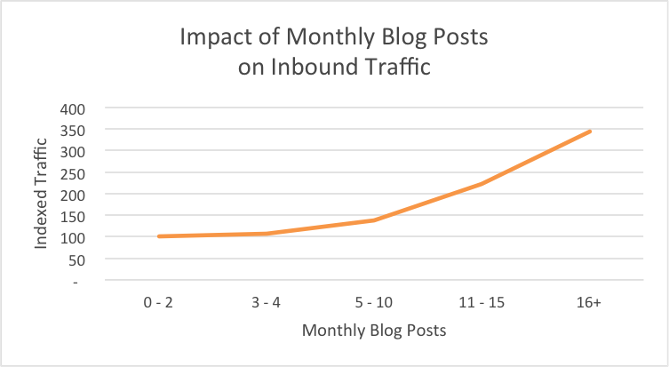
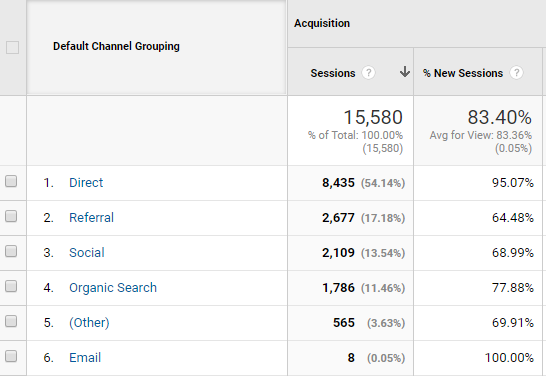
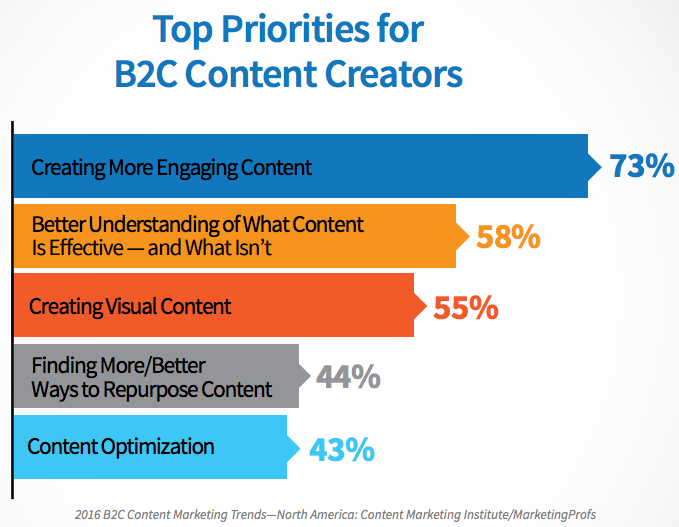
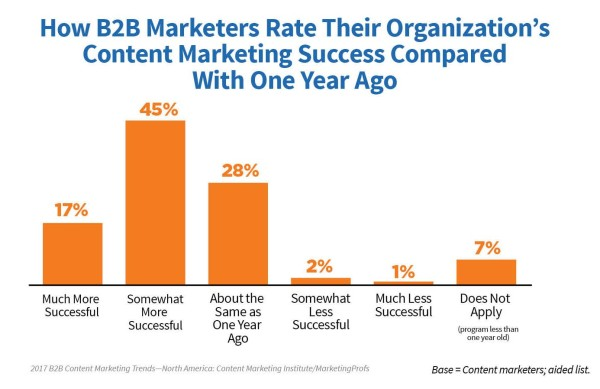
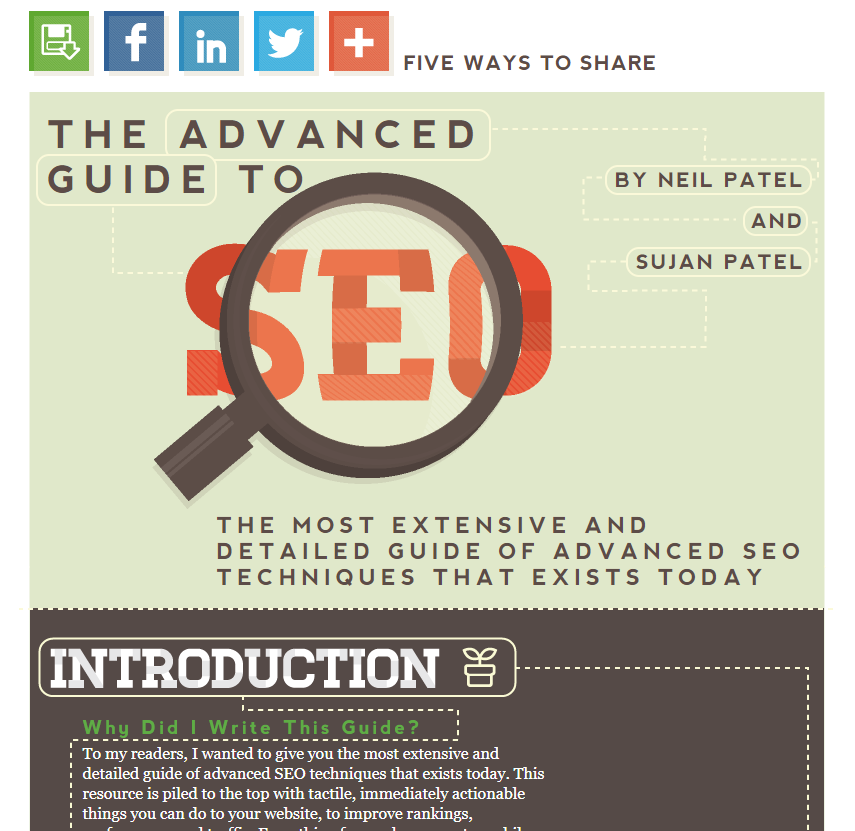
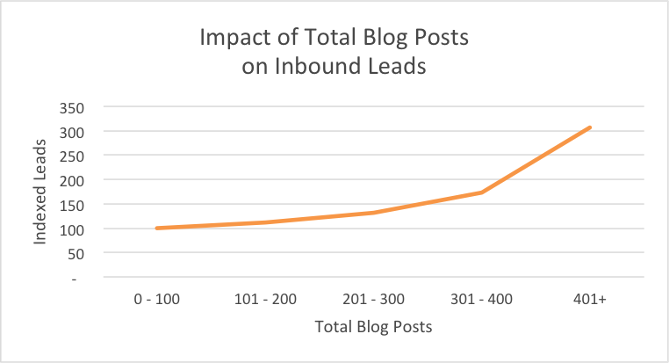
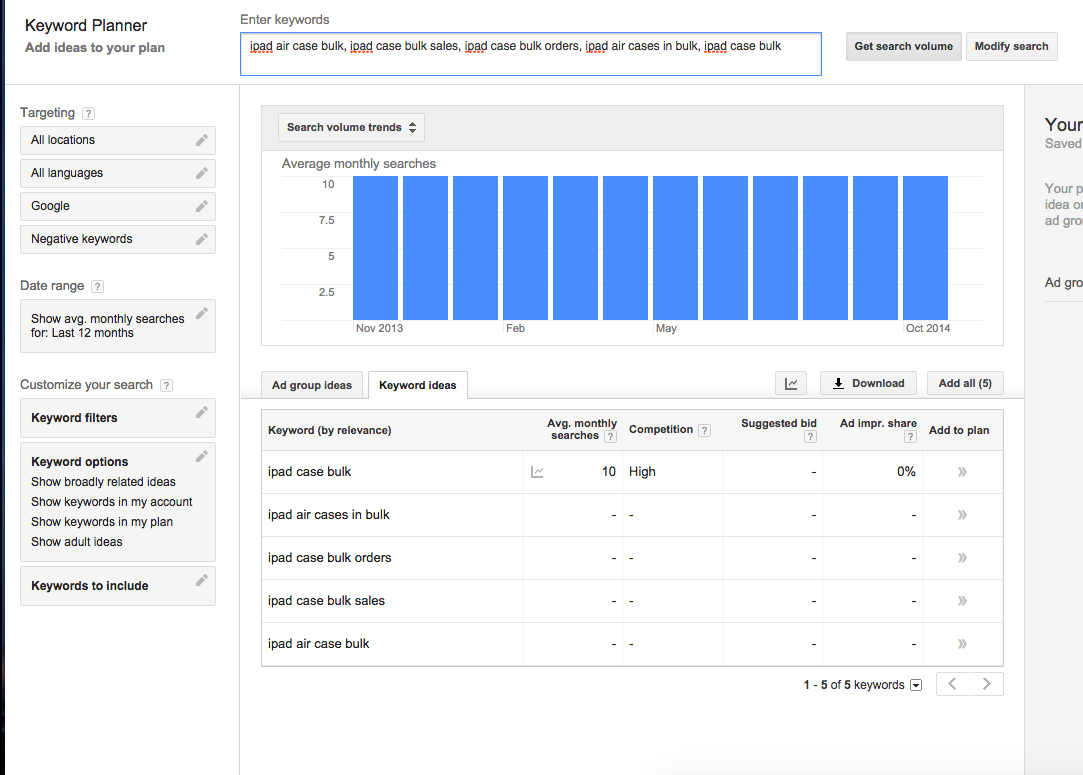

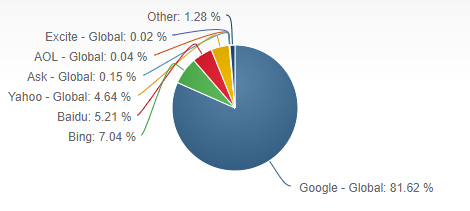



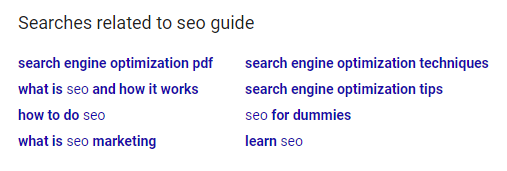
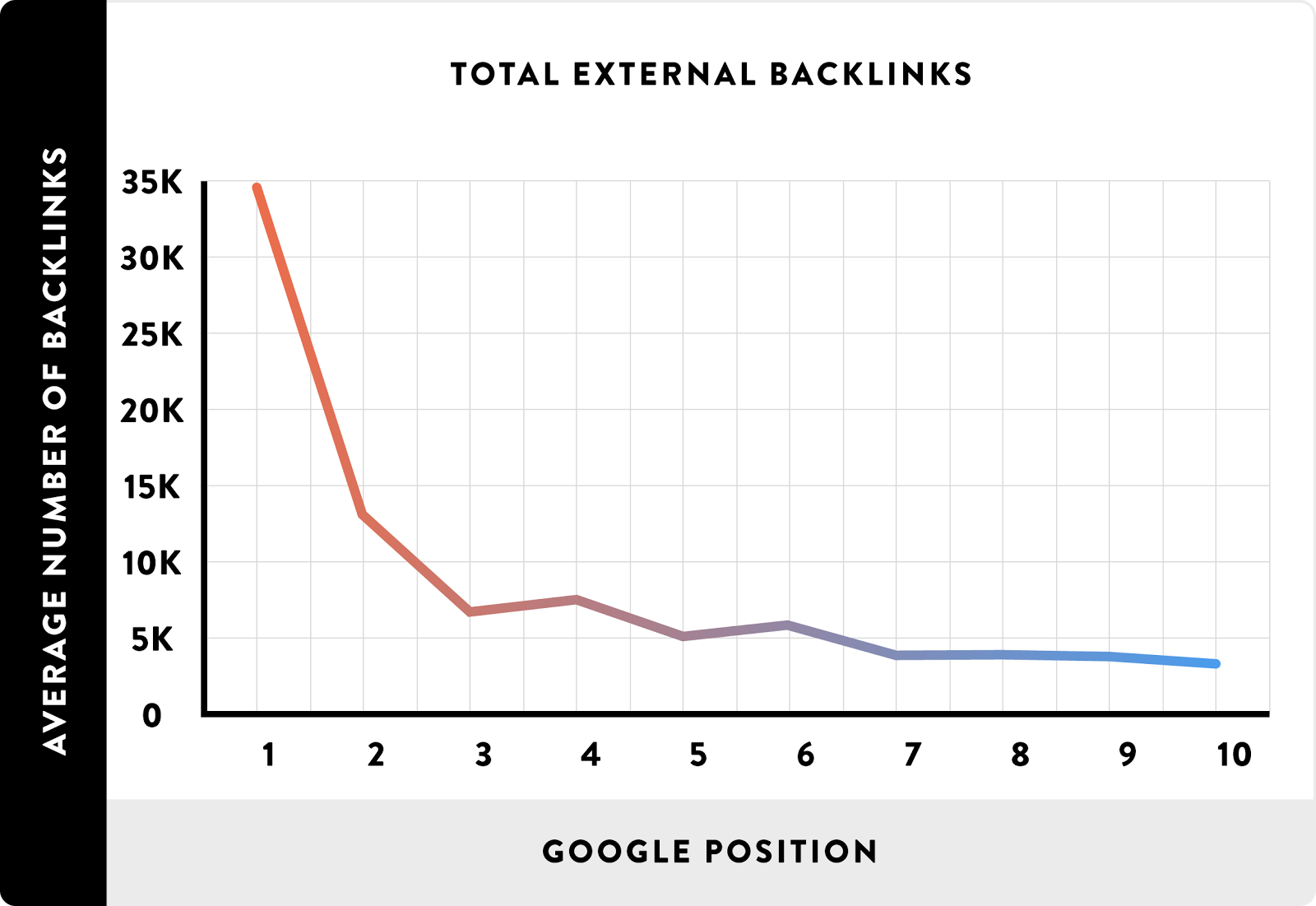

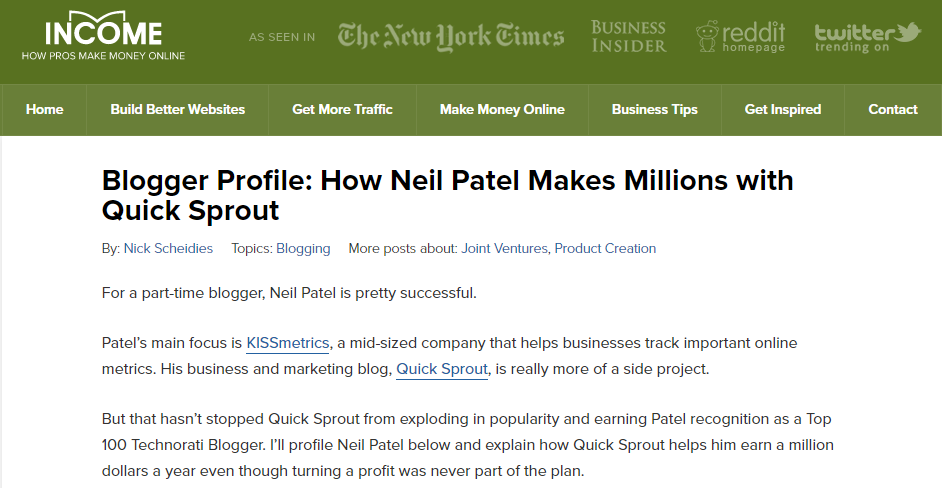
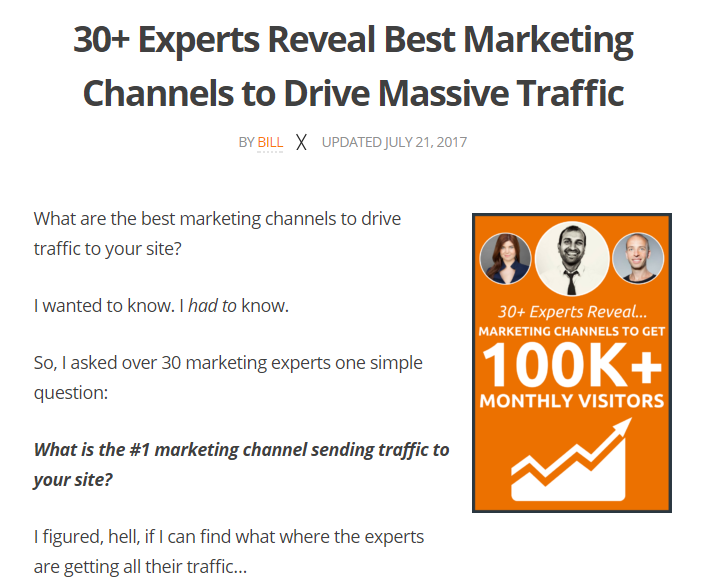
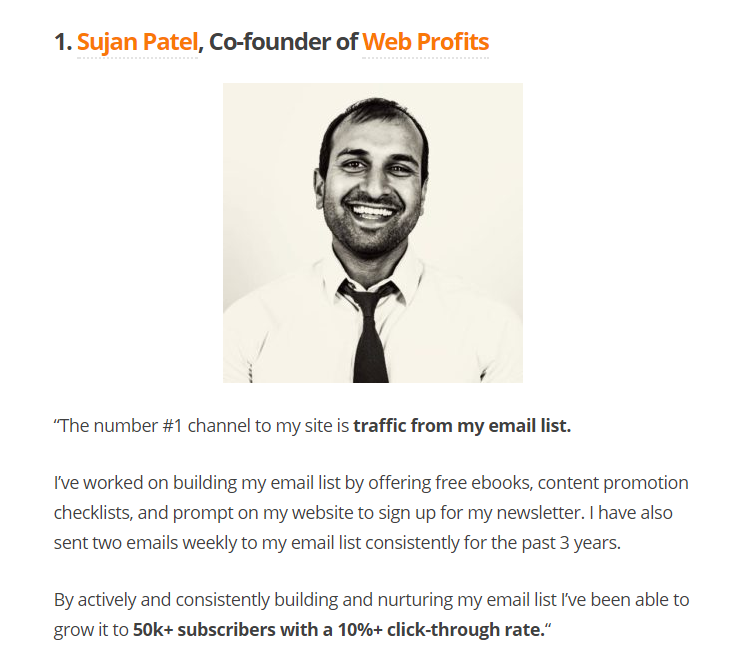

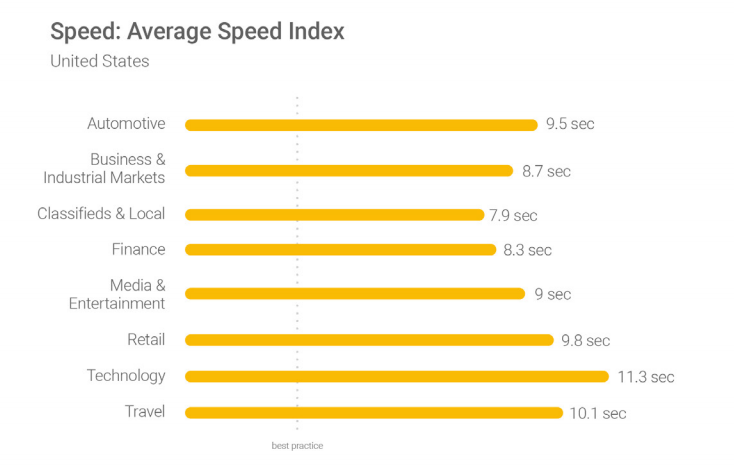
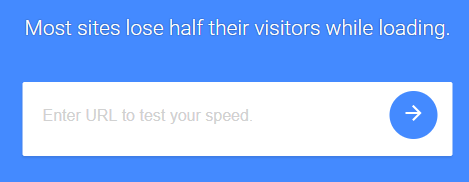
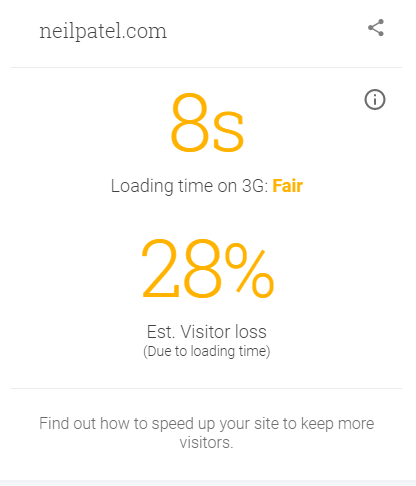
Comments (8)